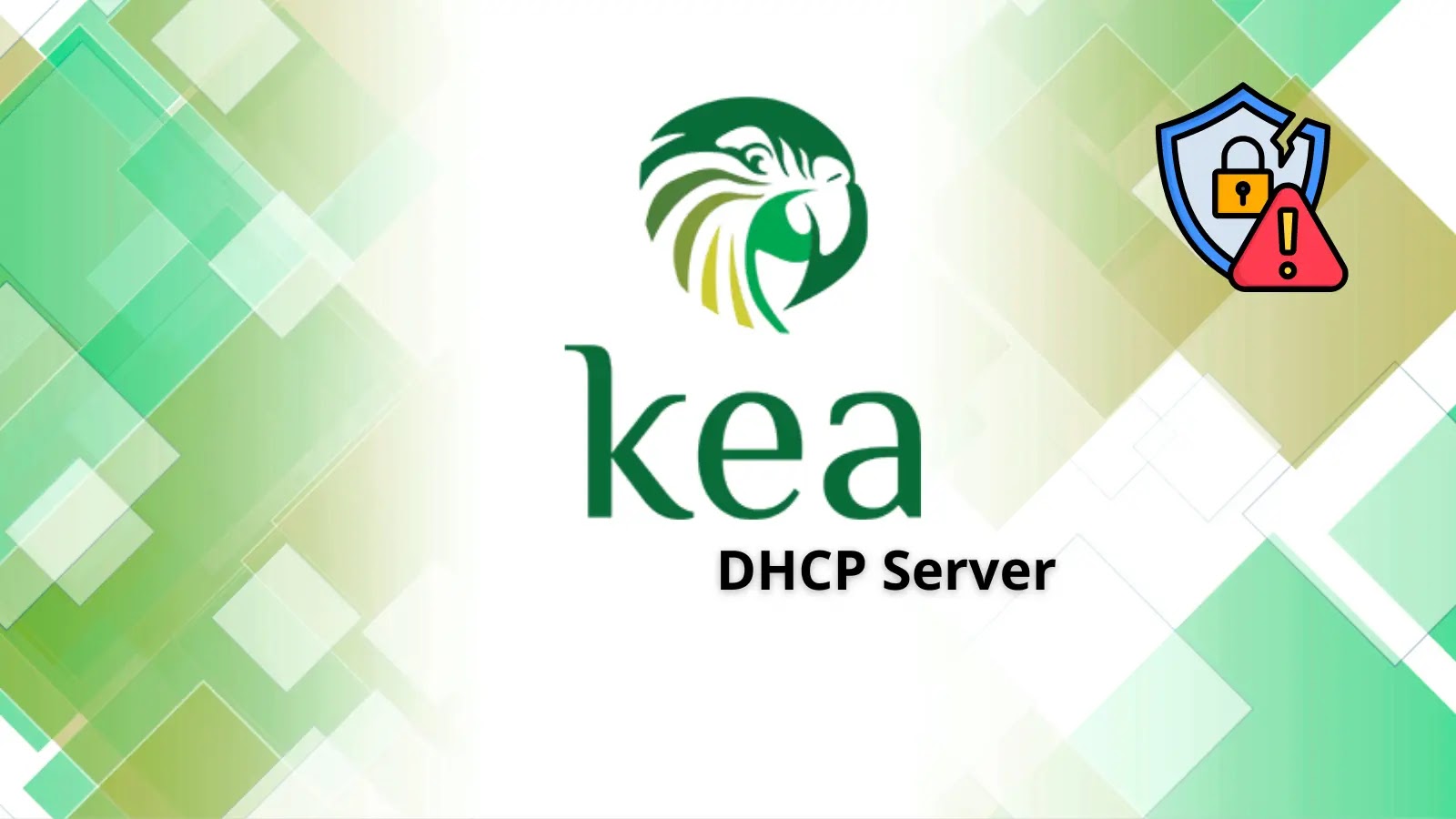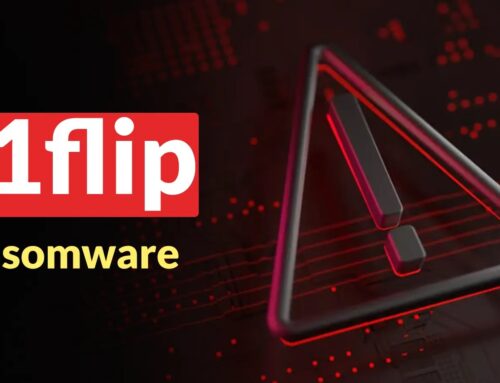
Kea DHCP Server Vulnerability Let Remote Attacker With a Single Crafted Packet
Urgent Warning: Critical Kea DHCP Server Vulnerability Allows Remote DoS Through Single Packet
Network infrastructure underpins nearly every modern organization, making the stability and security of its core services paramount. A newly disclosed vulnerability in the widely used ISC Kea DHCP server threatens precisely this stability.
Designated CVE-2025-40779, this critical flaw introduces a significant risk, allowing remote attackers to trigger a denial-of-service (DoS) condition with frightening simplicity: a single, maliciously crafted packet. Such an attack could lead to widespread network disruptions across entire organizations, highlighting the urgent need for immediate attention from IT professionals and network administrators globally.
Understanding the Impact of CVE-2025-40779
The ISC Kea DHCP server is a powerful and flexible DHCP (Dynamic Host Configuration Protocol) server, widely deployed in various environments, from small businesses to large enterprises. Its role in assigning IP addresses and configuring network settings makes it a central component of network operations. A disruption to DHCP services can halt network connectivity for all connected devices, bringing business operations to a standstill.
The vulnerability, CVE-2025-40779, specifically targets the Kea DHCP server, enabling a remote attacker to crash the service. This isn’t just a minor glitch; it’s a direct pathway to a complete service outage. The ease of exploitation – requiring only one specially designed packet – makes this an incredibly potent threat. The flaw affects multiple versions of the Kea DHCP server, underscoring the broad potential impact across various deployments.
Technical Details: How a Single Packet Causes Failure
While the full technical specifics are still emerging, the essence of CVE-2025-40779 lies in its ability to exploit a weakness in how the Kea server processes malformed or unexpected DHCP packets. A single, precisely engineered packet is enough to trigger a fault within the server’s processes, leading to its termination or a frozen state. This is often indicative of issues like:
- Improper Input Validation: The server may not adequately validate all fields within an incoming DHCP packet, leading to an unexpected state or memory corruption when processing malformed data.
- Resource Exhaustion: The crafted packet might trigger an inefficient code path that consumes excessive CPU or memory resources, leading to a crash.
- Logic Bugs: A specific sequence or combination of fields in the packet could expose an unhandled condition or error within the server’s core logic.
The “remote” aspect means an attacker does not need local network access or authenticated privileges; they can send the malicious packet from a distance, making it a highly accessible attack vector.
Remediation Actions and Mitigation Strategies
Given the severity and ease of exploitation of CVE-2025-40779, immediate action is imperative for any organization running Kea DHCP servers. Here are the critical steps:
- Immediate Patching: The most crucial step is to apply the security patch released by ISC. Organizations should monitor ISC’s official channels and repositories for the patched versions and upgrade without delay.
- Network Segmentation and Filtering: Implement strict network segmentation to limit exposure of DHCP servers. Ideally, DHCP services should not be directly exposed to the internet. Use firewalls and Access Control Lists (ACLs) to filter traffic, allowing only legitimate DHCP requests (UDP ports 67/68) from trusted sources.
- Rate Limiting: Configure firewalls or intrusion prevention systems (IPS) to rate-limit incoming DHCP requests. This can help mitigate brute-force DoS attempts, though a single-packet crash may bypass simple rate limits.
- Monitoring and Alerting: Deploy robust monitoring solutions to detect unusual activity patterns or sudden outages of DHCP services. Configure alerts to notify administrators immediately if a Kea server crashes or exhibits abnormal behavior.
- Redundancy: For critical environments, implement DHCP server redundancy (e.g., master-slave configurations or failover clusters). While a crash might still occur, redundancy can minimize downtime by allowing a secondary server to take over.
- Regular Backups: Ensure regular backups of Kea configurations and leases. In the event of a crash, this facilitates faster recovery and restoration of service.
Tools for Detection and Mitigation
While direct detection of the specific crafted packet for CVE-2025-40779 might require deep packet inspection, the following tools are invaluable for overall network security and rapid response to DHCP service disruptions:
| Tool Name | Purpose | Link |
|---|---|---|
| Wireshark | Network protocol analyzer for deep packet inspection and traffic analysis. | https://www.wireshark.org/ |
| Suricata / Snort | Intrusion Detection/Prevention Systems (IDS/IPS) for real-time traffic analysis and threat detection. Can be configured with custom rules. | https://suricata.io/ / https://www.snort.org/ |
| Prometheus / Grafana | Monitoring and alerting toolkit for system metrics (e.g., CPU, memory, service status). | https://prometheus.io/ / https://grafana.com/ |
| Nmap | Network scanner for port discovery and service version identification (useful for identifying vulnerable servers). | https://nmap.org/ |
Conclusion
The disclosure of CVE-2025-40779 in the ISC Kea DHCP server represents a significant threat that demands immediate attention. The capability for a remote attacker to crash DHCP services with a single crafted packet underscores the critical need for vigilance and proactive security measures. Organizations must prioritize patching, coupled with robust network segmentation, traffic filtering, and continuous monitoring, to protect their essential network infrastructure from this potent denial-of-service vulnerability.





